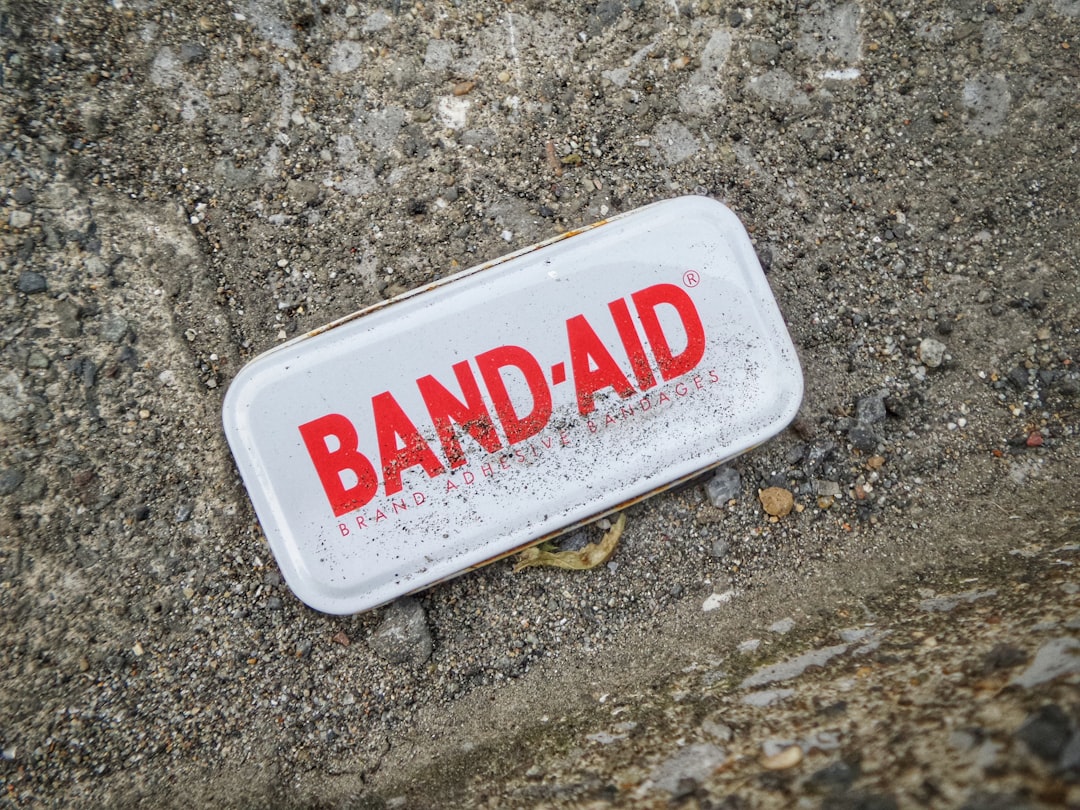What is it about?
In mammals, females are born with a limited number of eggs (oocytes), which develop into follicles that help produce fertilizable eggs and hormones. During fetal development, the oocytes undergo a process called meiosis, where they create breaks in their DNA that need fixing. However, oocytes aren't very good at fixing these breaks. Additionally, many oocytes are naturally eliminated during fetal development, which helps with follicle formation. Researchers believe that a process called the DNA damage response (DDR) is responsible for eliminating these oocytes. They found that a specific protein called CHK2 eliminates most fetal oocytes and regulates follicle formation in mice. They also discovered a separate process that occurs after birth, controlled by another protein called CHK1, which affects follicle formation.
Featured Image

Photo by Dainis Graveris on Unsplash
Why is it important?
This research suggests that the DDR controls the number of oocytes and follicles in mammals.
Perspectives
This research provides important insights into the complex mechanisms that regulate female fertility in mammals, specifically in regards to the number of oocytes and follicles. These findings are critical for understanding fertility disorders, such as premature ovarian insufficiency, which is a condition where a woman's ovaries stop working before the age of 40. By studying these mechanisms, we may be able to identify the factors that contribute to the development of such disorders, which could lead to the development of new treatments and therapies to help women conceive.
Ignasi Roig
Universitat Autonoma de Barcelona
Read the Original
This page is a summary of: The DNA damage response is required for oocyte cyst breakdown and follicle formation in mice, PLoS Genetics, November 2020, PLOS,
DOI: 10.1371/journal.pgen.1009067.
You can read the full text:
Contributors
The following have contributed to this page










